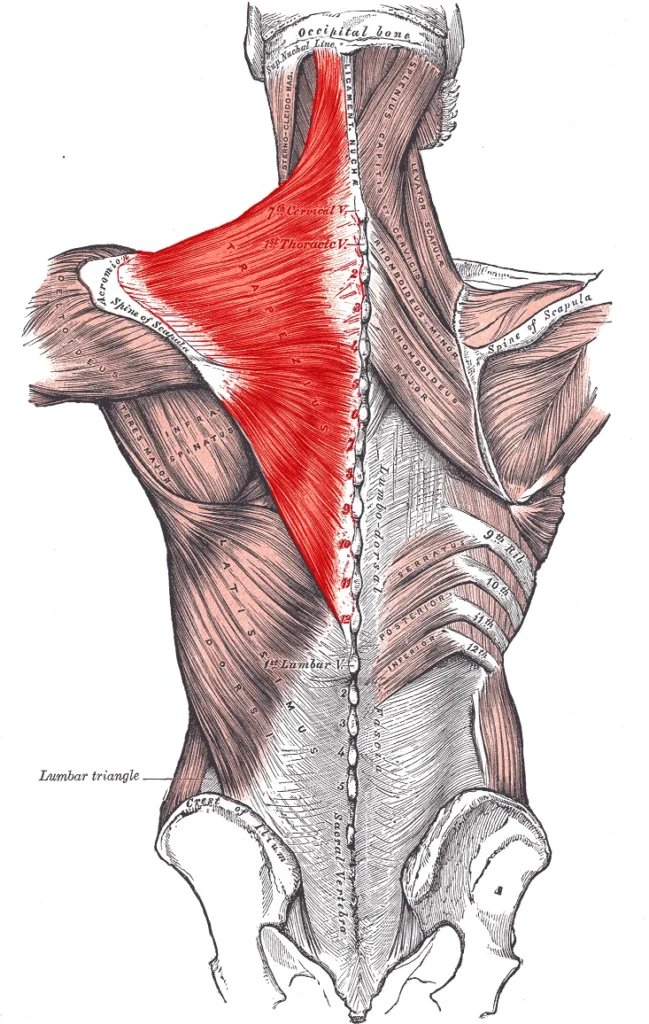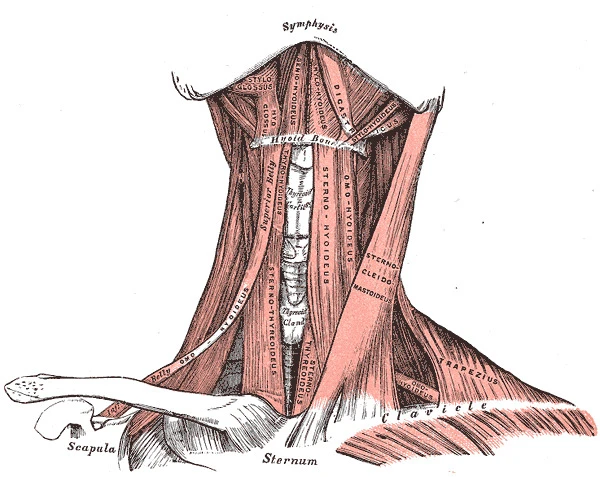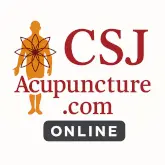This post may contain affiliate links and ads in which we may earn a small percentage of purchases.
Contents
Important muscles of the neck are not limited to but include the following:

A clear and beginner-friendly guide covering over 400 acupuncture points, ideal for students and learners.
View Book- Trapezius (upper, mid, and lower)
- Sternocleidomastoid
- Scalenes (Anterior, Posterior, and Lateral)
- Levator Scapulae
- Splenius Capitis and Cervicis
Things to Consider
When addressing the muscles of the neck (and muscles in general), it’s essential to remember that muscles pull, they do not push. This principle is fundamental to understanding muscle mechanics and to give a better mental picture on how they work.
Clinical Insights for Acupuncture and Acupressure
We’ve also included acupuncture pressure points that are related to the anatomical areas described.
Different body types, as well as past injuries and trauma, can also play a significant role in how the muscles appear and their respective functions.
Major Muscles of the Neck
Trapezius
- Origin: External occipital protuberance, nuchal ligament, and spinous processes of C7-T12.
- Insertion: Lateral third of the clavicle, acromion, and spine of the scapula.
- Function:
- Upper fibers: Elevate and upwardly rotate the scapula; extend and laterally flex the neck.
- Middle fibers: Retract the scapula.
- Lower fibers: Depress and aid in upward rotation of the scapula.

The trapezius is one of the largest muscles in the upper body and is divided into three sections: upper, middle, and lower fibers, each with distinct functions:
- Upper Trapezius: Contributes to extension of the neck and head.
- Middle Trapezius: Primarily retracts the scapula, drawing the shoulder blades toward each other.
- Lower Trapezius: Assists in scapular depression and retraction, which helps stabilize the shoulder blades by drawing them downward and inward.
Clinically, tension in the trapezius can lead to significant discomfort and stiffness. Acupoints commonly used to address trapezius-related tension include:
- GB21 (Jianjing): Located on the upper trapezius muscle, this point is effective for relieving neck and shoulder tension.
- UB12-UB15: These points are along the Bladder meridian on the back and are useful for releasing tension in the surrounding musculature.
Sternocleidomastoid (SCM)
Origin:
Sternal head: Manubrium of the sternum.
Clavicular head: Medial third of the clavicle.
Insertion: Mastoid process of the temporal bone and the lateral portion of the superior nuchal line of the occipital bone.
Function:
Bilateral contraction: Flexes the neck, bringing the head forward.
Unilateral contraction: Laterally flexes the neck to the same side and rotates the head to the opposite side.

The sternocleidomastoid (SCM) is responsible for rotating the head to the opposite side. For example, the left SCM will rotate the head to the right, and the right SCM will rotate the head to the left. Additionally, it aids in flexion of the neck when both sides contract. Tension in the SCM can lead to dizziness, headaches, and even referred pain to the ear and jaw.
For SCM-related issues, consider using points such as:
- LI18: Located on the side of the neck, it helps release tension in the SCM and is useful for relieving neck pain.
- Ren 17: On the same level of the 4th intercoastal vertebrae
Levator Scapulae
Origin: Transverse processes of the C1-C4 vertebrae.
Insertion: Superior part of the medial border of the scapula.
Function: Elevates the scapula and assists with downward rotation; also aids in neck extension and lateral flexion when the scapula is fixed.
The levator scapulae elevates the scapula and assists with lateral flexion of the neck. Tension in this muscle often contributes to a “stiff neck” and discomfort in the upper shoulder area. Clinically, it’s useful to release tension in the levator scapulae with:
- UB10: Located at the base of the skull, UB10 can help alleviate neck stiffness and improve range of motion.
- GB20: Located at the base of the skull on the occipital ridge, GB20 can relieve tension headaches and upper neck pain.
Scalenes (Anterior, Middle, and Posterior)
- Origin:
- Anterior: Transverse processes of C3-C6.
- Middle: Transverse processes of C2-C7.
- Posterior: Transverse processes of C4-C6.
- Insertion:
- Anterior and Middle: First rib.
- Posterior: Second rib.
- Function:
- Elevate the ribs during inspiration (helpful for breathing).
- Unilaterally: Assist with lateral flexion of the neck.
- Bilaterally: Flex the neck.

Splenius Capitis and Splenius Cervicis
- Origin:
- Capitis: Lower half of the ligamentum nuchae, spinous processes of C7-T3.
- Cervicis: Spinous processes of T3-T6.
- Insertion:
- Capitis: Mastoid process and lateral portion of the superior nuchal line.
- Cervicis: Transverse processes of C1-C3.
- Function:
- Bilateral contraction: Extend the head and neck.
- Unilateral contraction: Rotate and laterally flex the head and neck to the same side.
The splenius capitis muscle extends the neck and helps rotate the head to the same side. Located deeper than the trapezius, this muscle can become stiff from poor posture or stress. Treating this muscle can alleviate symptoms of upper neck and occipital headaches.
More Articles
7 Surprising Benefits of Flexibility for Your Health
Sciatica and Acupuncture: A Review of Evidence
Medical Disclaimer: This article is for informational and educational purposes only and is not a substitute for professional medical advice, diagnosis, or treatment. Always consult a qualified healthcare provider with any questions about a medical condition or treatment.





